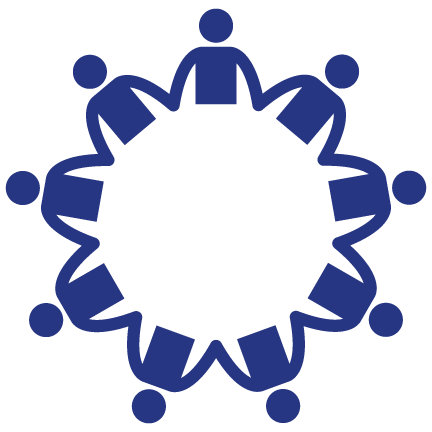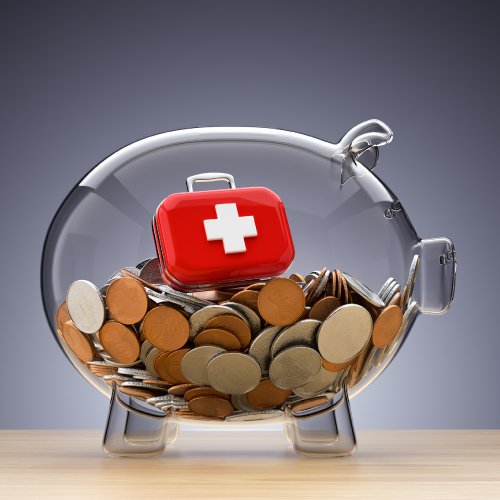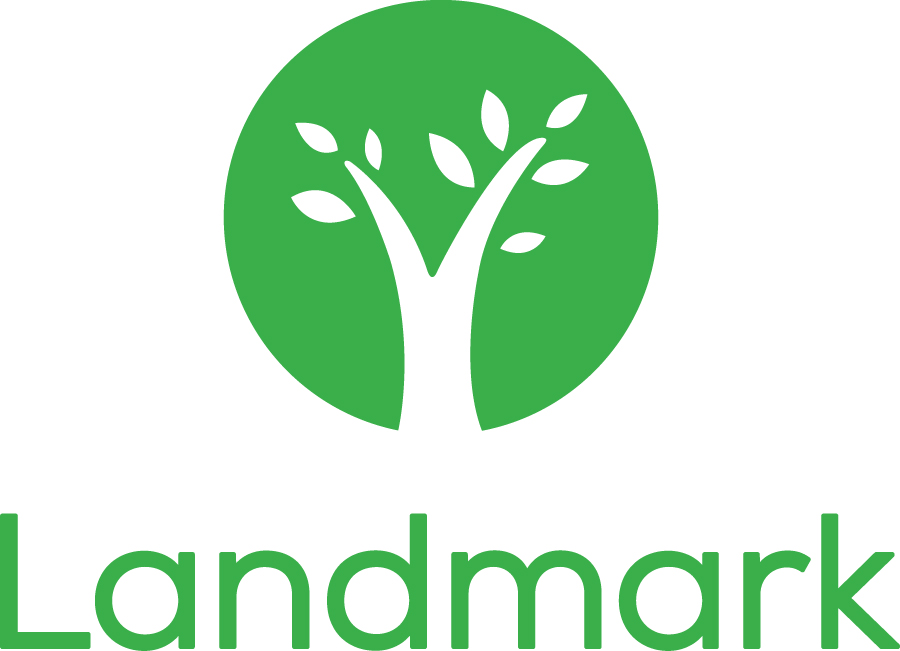
Blog post
Prioritizing Mental Health as a Universal Human Right
By: Neltada Charlemagne, DNP, APRN, PMHNP-BC, PHN, BHC
1 in 3 adults in the United States are at risk for getting chronic kidney disease
The kidneys are the body’s filtering system. Chronic kidney disease (CKD) happens when your kidneys are damaged and can’t filter blood the way they used to.
Risk factors for developing kidney disease include diabetes, high blood pressure, heart disease, smoking, family history of kidney failure, poor diet, obesity, and inactivity. As a person’s kidneys decline, they will move from stage 1 CKD to stage 5 CKD to End Stage Kidney Disease (ESRD). When a person has reached ESRD they will either need dialysis or a kidney transplant.
What Can You Do?
If you have diabetes, hypertension, or other risk factors, get tested for kidney disease and protect your kidneys by not smoking, making healthy food choices, being more active, aiming for a healthy weight, and managing health conditions that cause kidney damage.
According to Research in the American Journal of Kidney Disease and the National Institute of Health , you can significantly lower your risk of developing CKD by eating the following foods every day:
• Beans, lentils, and peas
• Vegetables
• Fruits
• Whole grains (oatmeal, brown rice, barley, and quinoa)
• Nuts and seeds
Inflammation and Antioxidants
People with chronic kidney disease have persistent low-grade inflammation, which increases risk of heart disease and death. Inflammation happens when the body is trying to heal, like in the instance of a cut or splinter. The body wasn’t meant to be in a constant state of inflammation, and long-term damages can arise. People with chronic kidney disease are at risk for other inflammatory diseases such as cancer, heart diseases and stroke. It is important to focus on decreasing inflammation by transitioning to an anti-inflammatory diet. The focus of this article is to show the importance of this transition and how to do it.
The best way to DECREASE inflammation is to INCREASE antioxidant rich foods (as opposed to antioxidant supplements). Antioxidant intake can reduce the risk of CKD and the complications associated with CKD. Antioxidants are naturally found in many plant foods (beans, spices, and dark colored fruits and vegetables), and help to ward off cell damage by cleaning up waste products (think cancer prevention). Antioxidants are released from the foods we eat through digestion and travel through the bloodstream and into your body’s cells and help to stop or delay damage to the cells.
Antioxidant rich foods like beans, vegetables, fruits, whole unprocessed grains (oatmeal, quinoa, and brown rice), and nuts and seeds are linked to decreased risk of inflammatory diseases. Focus your attention on eating anti-inflammatory foods to fight inflammation, stabilize blood sugars, lower blood pressure and cholesterol, and keep the heart and kidneys healthy.
Get the Right Foods on Your Plate
1. Choose Beans for protein. Beans and peas are linked to decreased risk of inflammatory diseases. Eat two or more serving of beans (½ cup) in place of other protein every day.
2. Adding 3-4 MORE servings of fruits and vegetables every day to your diet may reduce blood pressure, reducing the amount of medication needed.
3. Reduce Sodium.
• Eat more fruits, whole grains (oatmeal and brown rice), vegetables, beans, and starchy vegetables which are naturally lower in sodium.
• Limit processed, packaged, and fast foods.
• Limit high sodium foods including: cheese, fresh poultry, processed meat, pizza, frozen dinners, sandwiches, canned soups, etc.
• Aim for less than 1500mg of total sodium intake per day (¾ teaspoon of salt).
4. Limit animal-based fat and protein intake to 2-3 times per week or less. A 3-ounce serving of meat is about the size of a deck of cards or the palm of a person’s hand. For optimal kidney health remove completely. Studies show that red meat intake may increase the risk of ESRD, where plant-based protein such as soy and legumes (which happen to be high in antioxidants) were shown to be protective against ESRD.
But Wait, What About Protein?
• The typical American diet contains more than enough protein. In fact, most people—with or without chronic kidney disease—get almost double the amount of protein their body needs in a day.
• Protein is important but there is a balance. Too much protein (specifically from animal protein) puts extra burden on the kidneys, raises cholesterol and blood pressure levels, increase risk of diabetes, and can cause kidney function to decline faster.
• Reducing animal protein intake can play a major role in minimizing inflammation and uremia for people with CKD in its later stages.
• You can get the protein you need every day by eating beans, lentils, peas, nuts, seeds, tofu, tempeh, vegetables, and whole grains (such as oatmeal, brown rice, and quinoa) every day.
• If protein is truly a concern consider adding tofu, soy milk, or soy protein powders to your daily food intake. Soy has been shown to be protective whereas casein or whey protein is harmful.
What about Phosphorus and Potassium?
In the early stages of chronic kidney disease, you won’t need to worry about phosphorus or potassium levels getting too high. But as the kidneys get worse, watching your intake of these minerals is very important. Limiting protein intake will also help to limit phosphorus intake.
Changing the source of protein will also help to limit phosphorus intake because your body only absorbs about:
• 50% of the phosphorus found in beans, grains, fruits and vegetables
• 80% of the phosphorus from animal-based proteins
• 100% of the phosphorus in its additive form (such fresh poultry—phosphorus additives are used to retain bright color, deli and sandwich meat, fast food, ready to eat food, canned and bottled beverages, and processed or packaged foods).
Focus on eating plant-based protein sources to decrease phosphorus load and kidney decline.
Potassium is another mineral that can start to build up. When you start moving into stages 4 and 5 of CKD, your medical provider should start checking your potassium levels on a regular basis. A reading between 3.5–5.0 is considered safe. If your reading is between 5.1–6.0, then you should be more careful about reducing your total potassium intake. Anything above 6.0 is considered dangerous, and your doctor will work with you to bring your potassium levels down.
Tip: Potassium is found in many foods—both healthy and unhealthy. It is important to keep your potassium levels from getting too high. Make sure the potassium you do eat is coming from antioxidant rich foods (first from beans and then from fruits, vegetables, and whole grains) while limiting or avoiding potassium rich foods that are harmful (dairy, animal protein, packaged and processed foods).
Eat MORE Plant Foods
• Beans, lentils, and peas
• Vegetables
• Fruits
• Unprocessed whole grains (oatmeal, brown rice, quinoa, etc.)
• Nuts and seeds
Eat LESS Animal Fat and Protein
• Dairy products
• Animal protein (red, processed, chicken, fish, pork, sea food, turkey, etc.)
• Animal fat
• Processed and packaged foods
• Sodium
• Sugar-sweetened beverages
MENU IDEAS
Breakfast: Any cooked whole-grain cereal or muesli, fruit, and 1-2 tbsp seeds or nuts
• 1 cup oatmeal, 1 cup berries, dash of cinnamon and dried ginger, 1 tbsp peanut butter
• 1 cup oatmeal, 1 apple shredded, dash of cinnamon and dried ginger, 1 tsp honey, 1 tbsp chopped pecans
• 2 slices of sprout 100% whole wheat bread, 1 ½ tbsp peanut butter, 1 cup berries (or other fruit)
• ¼- ½ cup beans, ½ cup brown rice, 1 cup cooked onions and peppers, 1 whole wheat tortilla, 1 tbsp salsa
Lunch: Beans, whole grains, vegetables, and fruit
• 1 cup brown rice, 1 cup green peas, 1 ½ cup cooked cabbage, and Garlic Tahini Sauce (mix together 1 tbsp tahini, 1 tbsp water, 1 tbsp lemon juice, ¼ tsp garlic powder)
• 1 cup brown rice, ¼ cup black beans, 2 cup arugula, 2 tbsp salsa, and 2 tbsp avocado
• 1 cup whole wheat pasta, ¼ cup chickpeas, 2 tbsp tomato sauce, and 1 cup vegetables
• 2 slices sprout 100% whole wheat bread, with 2 tbsp hummus and 2 tomato slices, garlic and pepper to taste with 1 cup of carrot sticks
• ½ cup black bean chili, 2 corn tortillas, 1 cup cabbage, 1 tbsp salsa, 2 tbsp avocado (spread on tortillas with, sprinkled with cabbage and salsa, and eaten with black bean chili topped with cabbage)
Dinner/Snack Ideas: Repeat breakfast and lunch ideas or try these healthy meals and snacks
• Smoothie: 1 cup berries, ½ cup unsweetened almond milk, frozen peaches, ½ banana
• 5 cup air popped popcorn (sprinkle with vinegar, garlic, and/or onion powder) and apples slices with cinnamon
• 1 cup celery sticks with 1 tbsp peanut butter, 1 cup oatmeal with 1 cup pears, peaches, or apples
• Smoothie: ½ frozen banana, ½ cup unsweetened soy milk, few drops vanilla, ½ frozen strawberries, 1 tbsp natural peanut butter
• 2 corn tortillas and ½ cup refried beans (spread beans between tortillas and lightly toast on a skillet till brown) top with 1 tbsp low sodium salsa, lettuce, and eat with a side of 1 cup cooked vegetables
• 2 slices sprouted bread, 2 tbsp hummus, romaine lettuce, tomato, avocado, and 1 cup carrots, with fruit for dessert
• Whole wheat tortilla, beans, brown rice, salsa, avocado, and spinach
• Whole wheat tortilla, 1 ½ tbsp peanut butter, 1 sliced apple, 1 sliced banana, cinnamon
[1] Rebholz CM, Crews DC, Grams ME, et al. DASH (Dietary Approaches to Stop Hypertension) Diet and Risk of Subsequent Kidney Disease. Am J Kidney Dis. 2016;68(6):853-861.
[2] https://www.niddk.nih.gov/health-information/kidney-disease/chronic-kidney-disease-ckd/eating-nutrition
[3] Akchurin O, M, Kaskel F: Update on Inflammation in Chronic Kidney Disease. Blood Purif 2015;39:84-92.
[4] Orlich M, et al. Vegetarian Dietary Patterns and Mortality in Adventist Health Study 2. Journal of the American Medical Association. 2013; 173(13): 1230-1238
The information provided herein is intended for your general knowledge only and is not a substitute for professional medical advice or treatment for specific medical conditions. You should not use this information to diagnose or treat a health problem or disease without consulting with a qualified healthcare provider. Please consult your healthcare provider with any questions or concerns you may have regarding your condition.

By: Neltada Charlemagne, DNP, APRN, PMHNP-BC, PHN, BHC

Older adults can safeguard themselves from the physical, mental and emotional toll of unexpected medical costs.

Optum Care Network – Monarch has teamed up with Landmark to deliver in-home medical care to members with multiple chronic conditions.